The Biggest Hits Of 1970 That Marked The End Of An Era
Although people tend to make clear divisions between the prevailing musical trends of certain decades, the lines between them tend to be far blurrier. It takes time for a decade to come into its own, so the hits from its earliest years tend to sound like the previous one.
That was true of the dawn of the 1960s, and the ’70s weren’t really any different. While production techniques were getting more sophisticated by then, it will likely become clear that the biggest hits of 1970 were either from the biggest stars of the ’60s or people who wanted to sound like them.
Simon & Garfunkel – “Bridge Over Troubled Water”

Although Simon & Garfunkel were at the height of their fame in 1970, they were also on the cusp on breaking up. Thus, while “Bridge Over Troubled Water” is a moving song of comfort during hard times, it was also a sign that this partnership had some troubled waters of its own.
Sure enough, the legendary folk duo would break up that year, though they would temporarily reunite for various one-off projects throughout the following decade. Whether it was influenced by the understanding that this would be their swan song as a group or not, “Bridge Over Troubled Water” would go on to be Simon and Garfunkel’s (and 1970’s) biggest hit. They had number-one singles before, but none of them had topped the charts for six weeks.
The Carpenters – “(They Long to Be) Close to You”
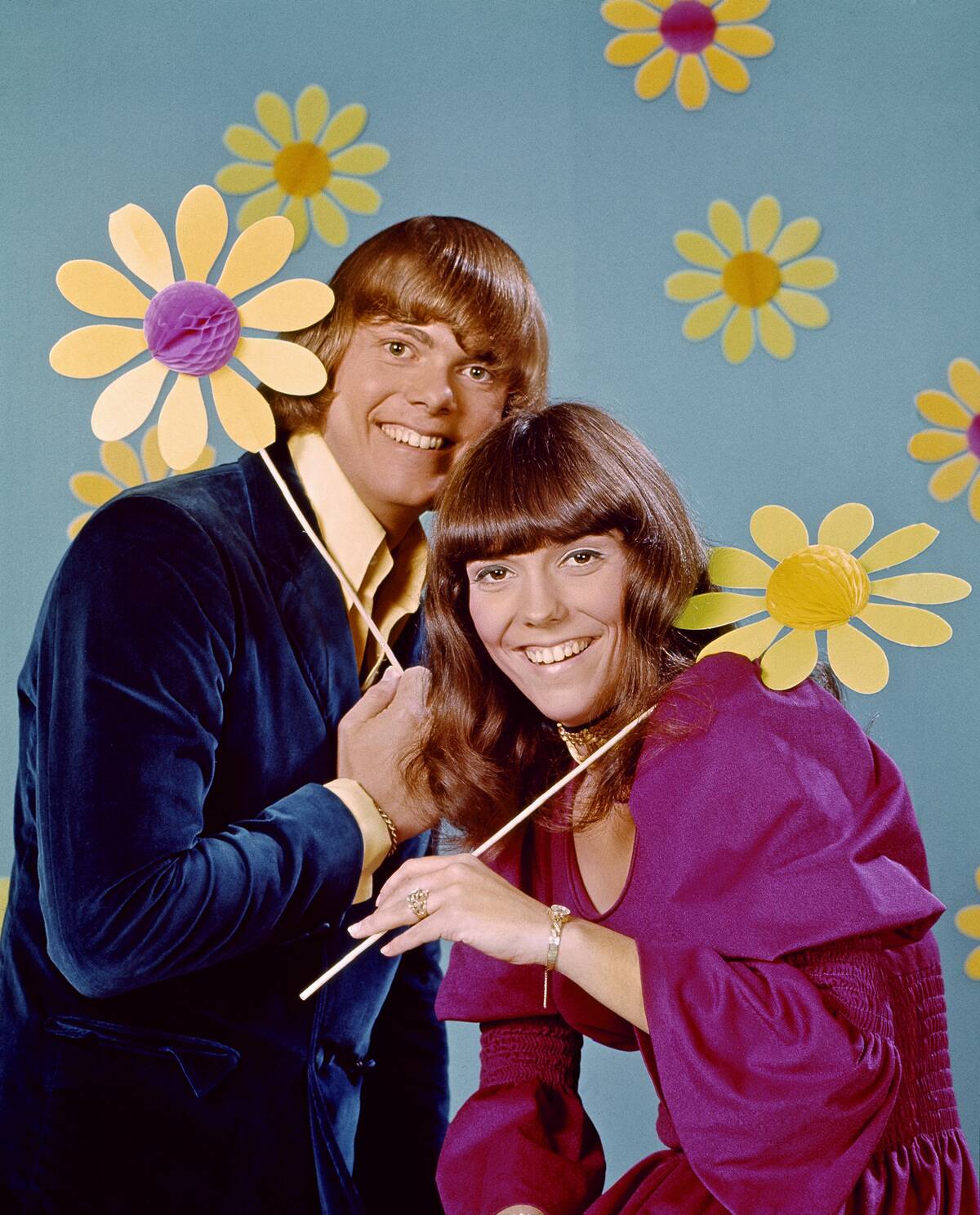
Although The Carpenters were major hitmakers throughout the early ’70s, that didn’t mean that the brother and sister duo were always taken as seriously as their talents would have suggested. That was because their soft, wholesome music and image didn’t make them “cool” but that doesn’t mean their songs went unappreciated.
Indeed, the classic ballad “(They Long To Be) Close To You” has remained as romantic and comforting as ever, but it was more exciting than soothing for The Carpenters, as it was a stunning breakout hit that remained at number one for four weeks. It wasn’t their only song to reach number one, but it was the biggest.
The Guess Who – “American Woman”
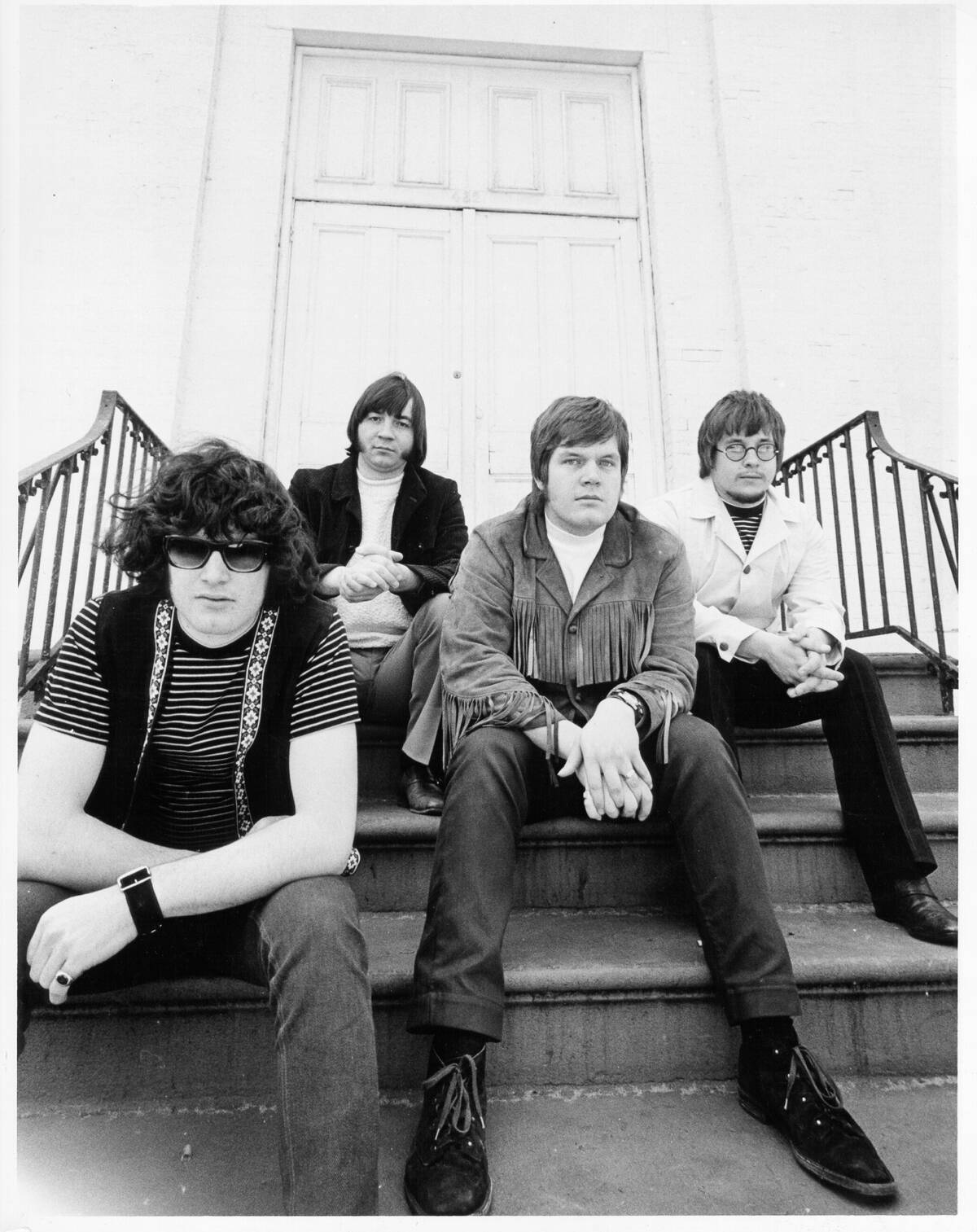
Winnipeg-based band The Guess Who had already had some serious momentum by the time 1970 rolled around, as they had released three top-ten hits in 1969, including the classic “These Eyes.” However, the song that American audiences were the most drawn to was ironically one telling the nation’s women to stay away.
While “American Woman” has long been suspected to carry a political message, Burton Cummings said he wrote them to suggest American women mature faster than Canadian women, which he found dangerous as a touring musician. Regardless, the American public didn’t seem to worry too much about the lyrics, as the song stayed at number one on the Billboard Hot 100 for three weeks.
B.J. Thomas – “Raindrops Keep Fallin’ On My Head”
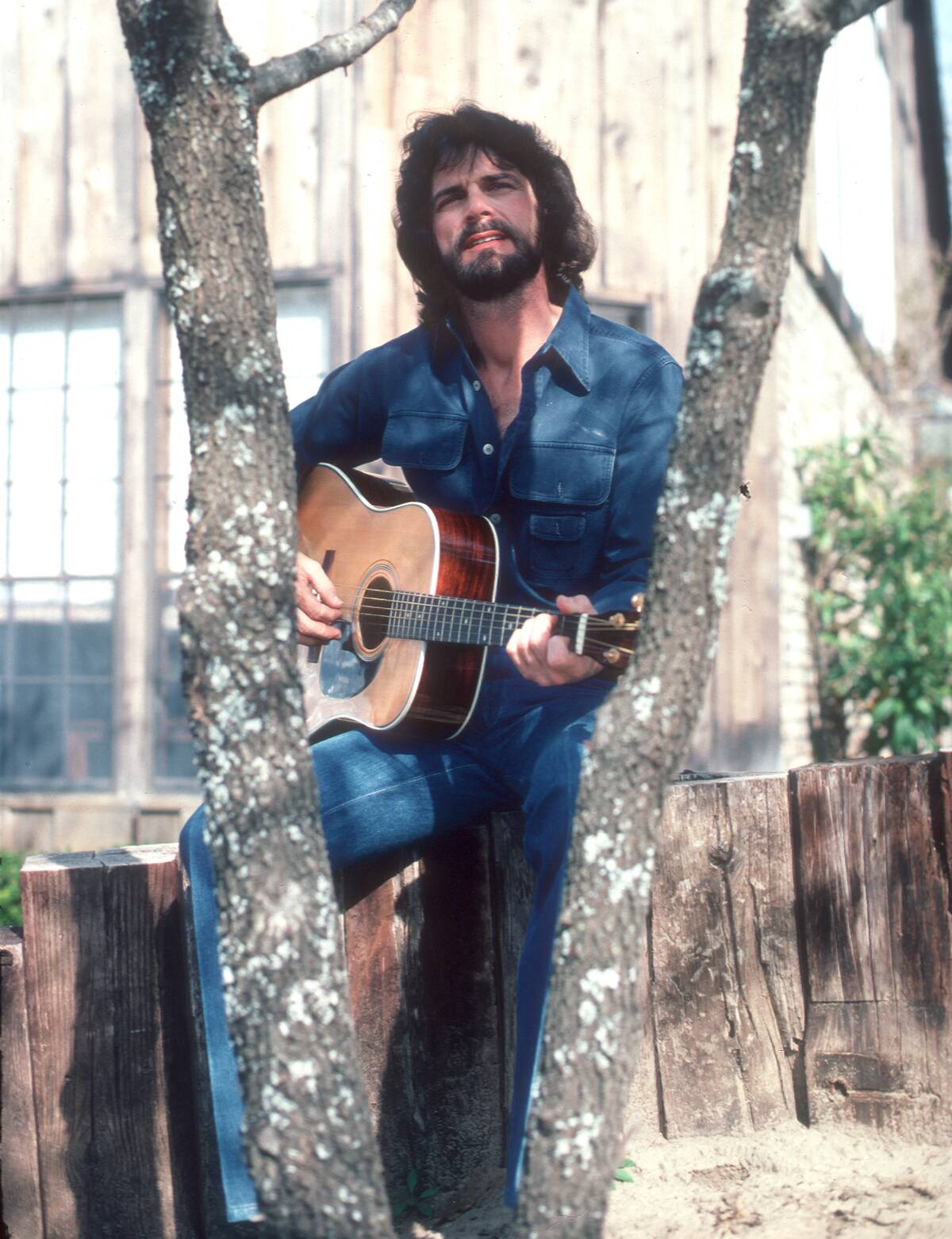
While the flower power of the ’60s hadn’t quite gone away by 1970, the risqué behavior and political activism often found in the psychedelic rock and folk from that era were watered down significantly. With songs like “Raindrops Keep Falling On My Head,” that spirit was expressed through gentle but laid-back music about feeling good and trying to stay positive in tough times.
Of course, it likely doesn’t hurt that this song was written for the 1969 movie Butch Cassidy and the Sundance Kid, which remains an all-time classic western with equal parts comedy and tragedy. Indeed, that likely had a big impact on the B.J. Thomas’s best-known song getting to number one for four weeks.
Edwin Starr – “War”
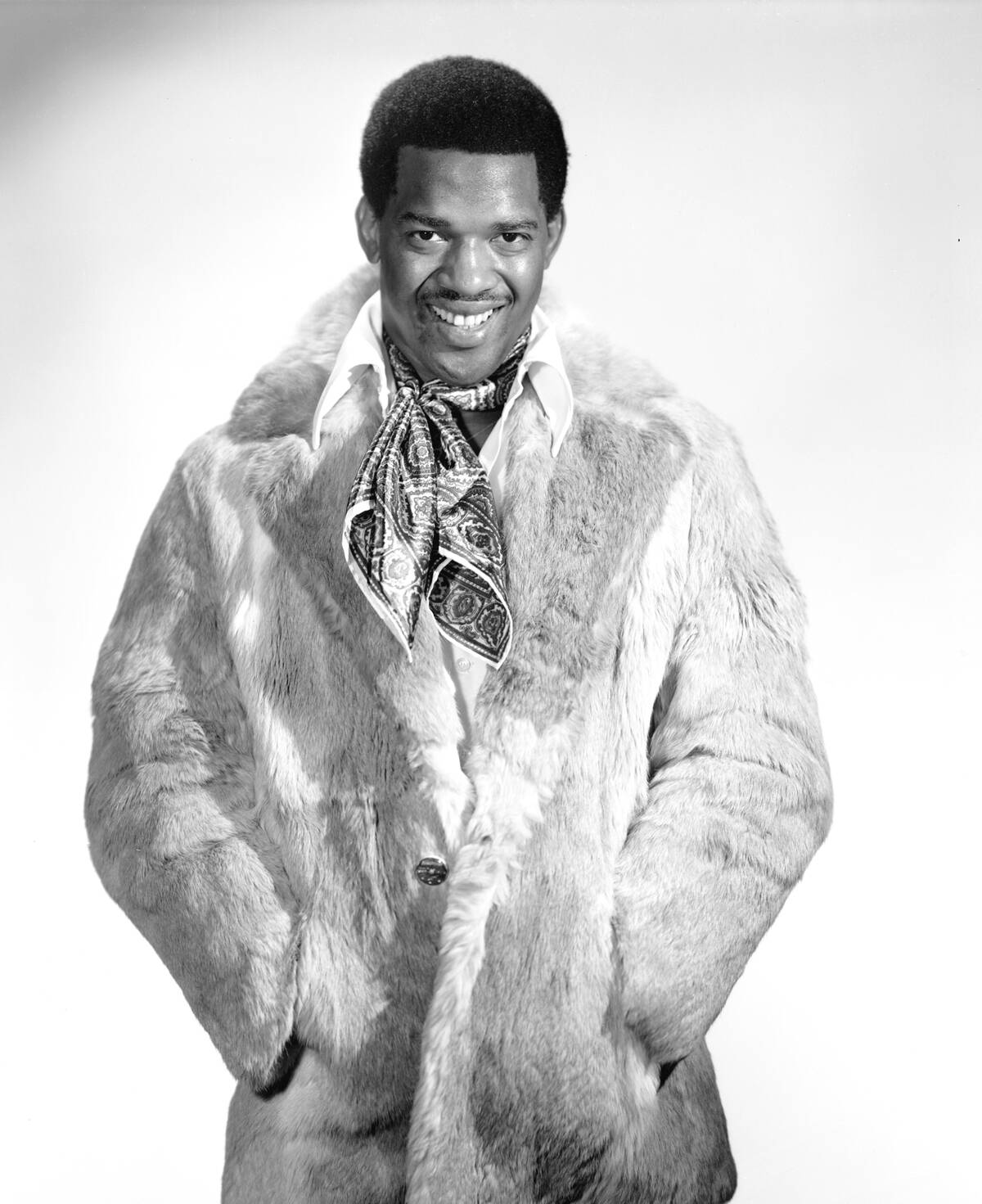
Although the biggest hits of far-flung years past can often fade into obscurity over time, this has not proved true for 1970, as the year’s five biggest songs all remain well-known today. After all, even though who don’t know Edwin Starr from Adam have likely heard him intone, “War! Huh, yeah. What is it good for?”
Naturally, the song’s answer is “absolutely nothing,” which resonated as much as the protest music of the past because the Vietnam War had only escalated in terms of destruction and unpopularity by 1970. Appropriately, “War” remained at number one for three weeks.
Diana Ross – “Ain’t No Mountain High Enough”
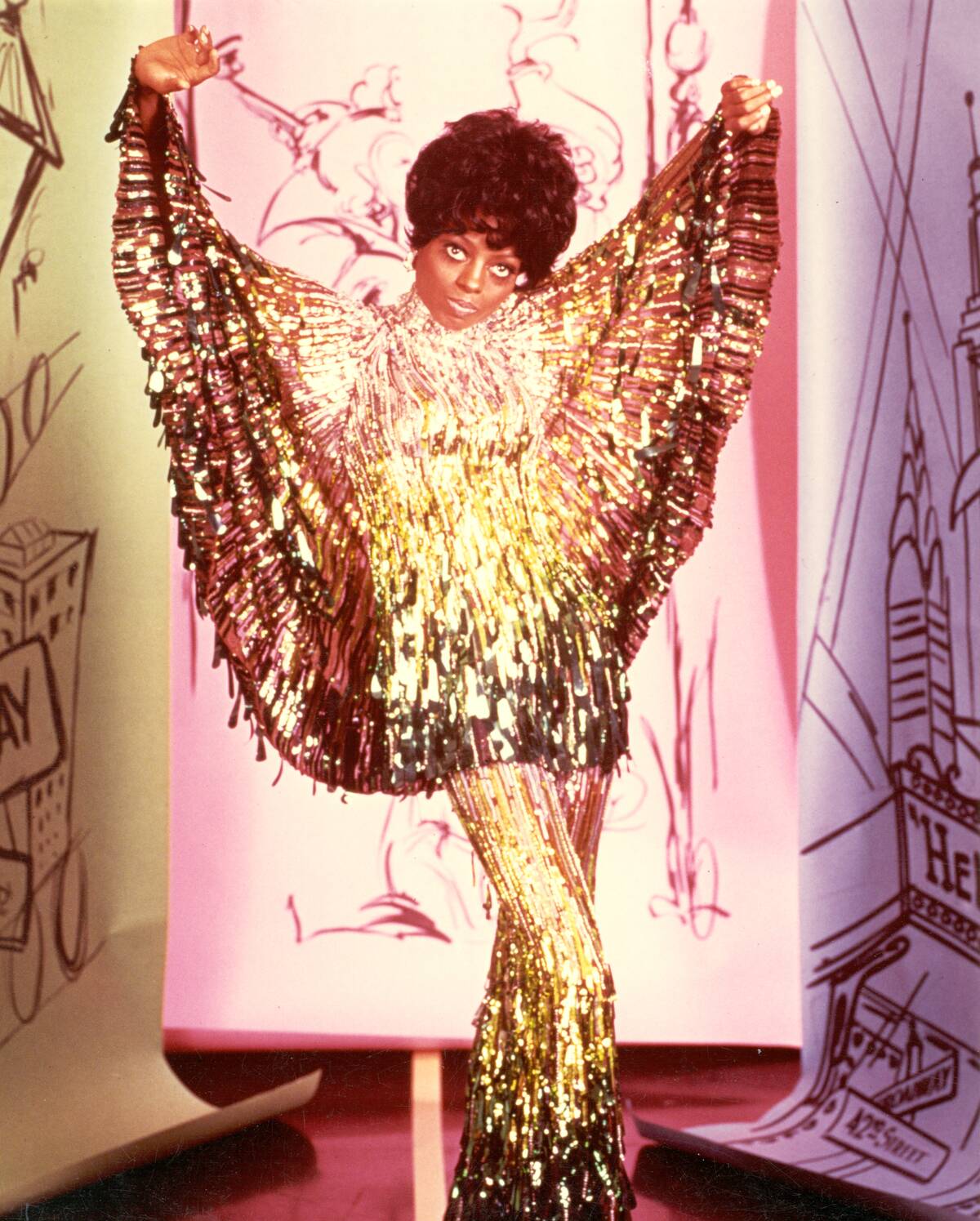
Although Diana Ross had racked up an impressive catalogue of hits with The Supremes, it seemed that she had only just begun to chase her staggering success when she went solo in 1970. She would go on to achieve six number-one hits solo, but the most famous and beloved of them came right out of the gate.
That’s not to say that “Ain’t No Mountain High Enough” would be her biggest hit (as a future duet with Lionel Richie would stay at number one for nine weeks), but with a chorus that remains just as big and beloved over half-a-century later and a chart run that saw the song reach number one for three weeks, it was an incredible start.
The Jackson 5 – “I’ll Be There”
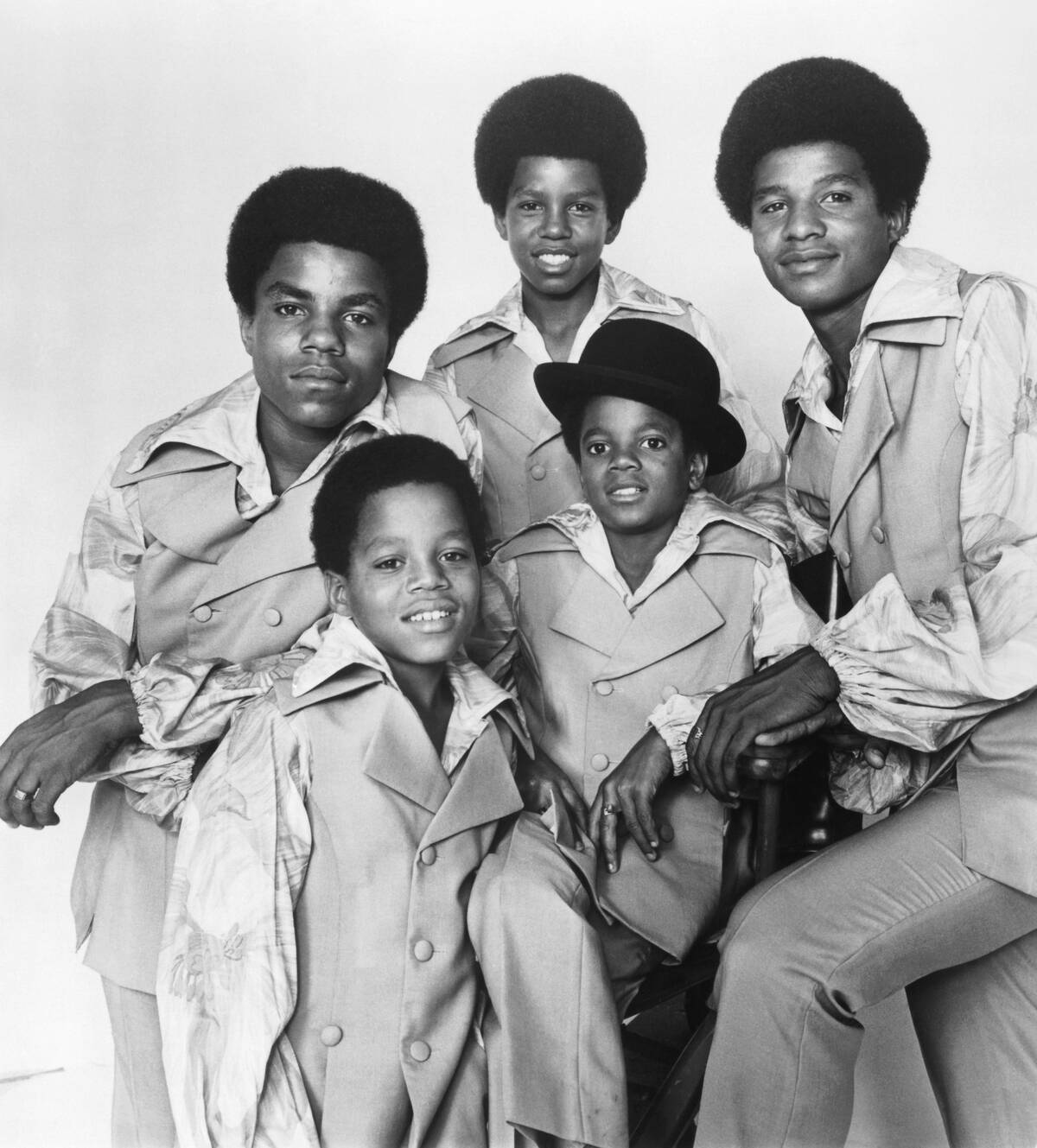
Once The Jackson 5 rose to prominence in 1969, the group seemed unstoppable and a young Michael Jackson’s raw talent made him a star even before he went solo and redefined the word. That was evident in a staggering string of back-to-back number-one hits that started in 1969 and ran through 1970.
The last of these number-ones was the tender but richly produced ballad, “I’ll Be There,” and it ended this incredible run on a high note, as it stayed at number one for five weeks. Although the group would achieve hits that reached number two the following year, only the young prodigy and his sister Janet would reach number one again.
Rare Earth – “Get Ready”
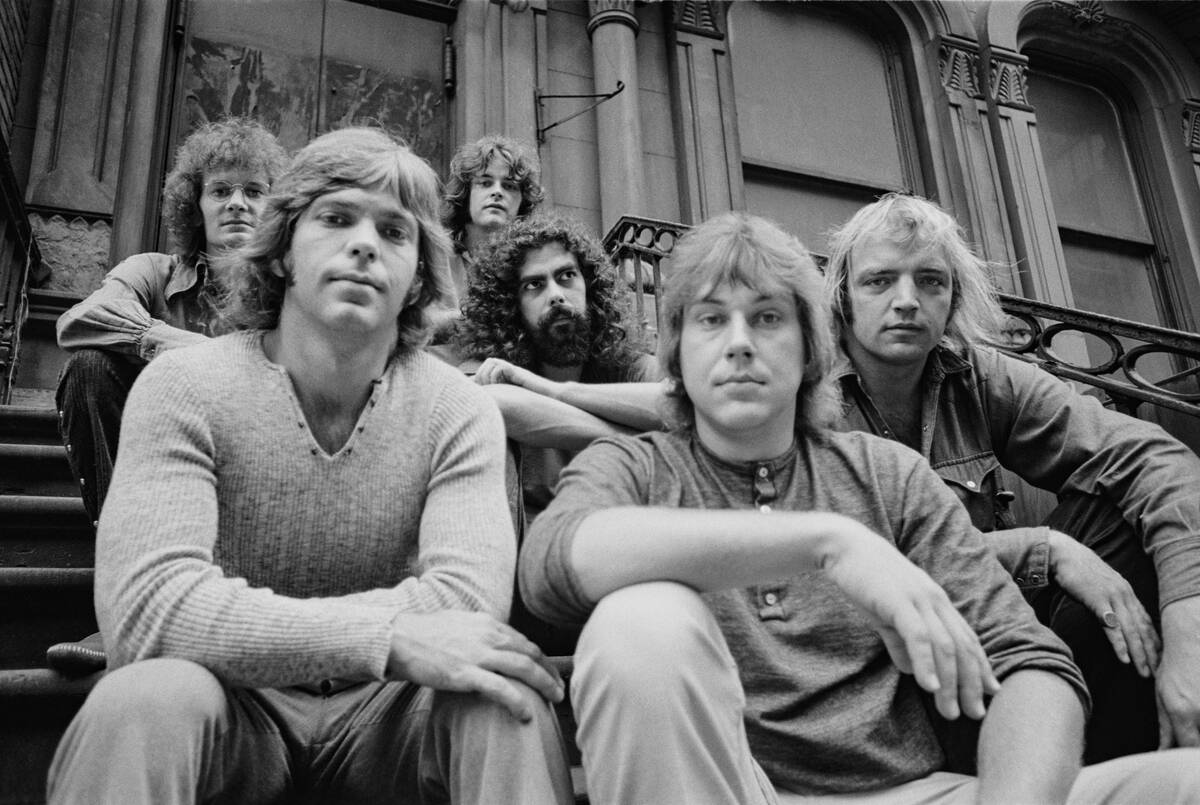
In 1969, Rare Earth were in a rare position. They were the first rock band signed to Motown and the first members of a rock subsidiary that was only in the planning stages at the time. Since Motown had appreciated the cover of “Get Ready,” (the last song Smokey Robinson wrote for The Temptations) executive Barney Ales asked the band to start by recording a version of it.
Once the 21-minute version they brought over was edited down to two minutes and 46 seconds, “Get Ready” was released as a single. Although The Temptations’ version had topped Billboard’s R&B chart, Rare Earth’s version went even farther and reached number four on the Billboard Hot 100.
The Beatles – “Let It Be”
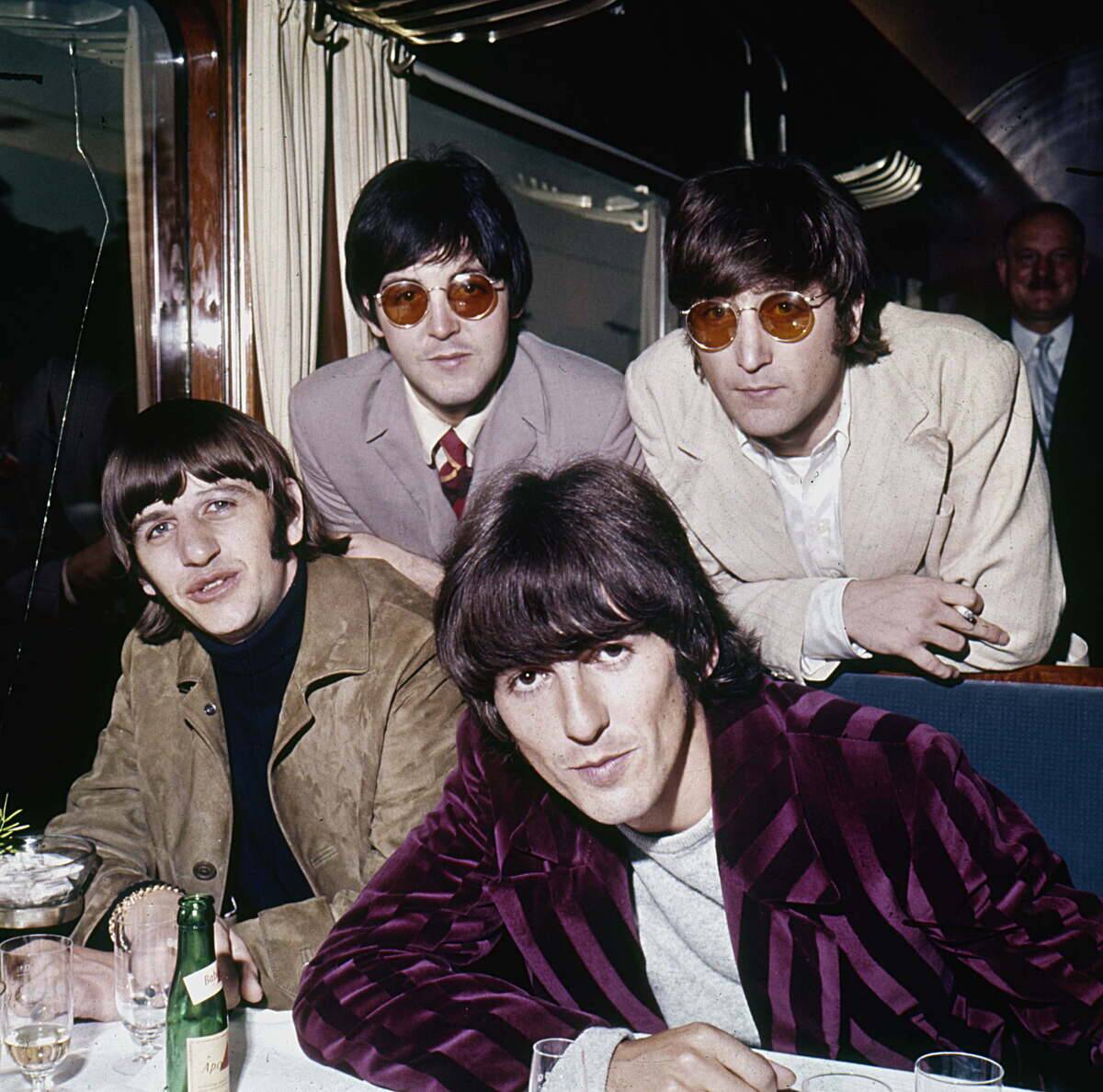
Much like the case of “Bridge Over Troubled Water,” “Let It Be” is a sombre yet comforting song that came right as the group behind it was coming to an end. Although The Beatles had already put on their final rooftop concert and recorded their last album together by 1969, Let It Be went unfinished and unreleased until 1970.
That year saw the band officially break up, but the “Let It Be” single came out right before this happened. It also set a record at the time for the highest chart debut at number six before it spent two weeks at number one.
Freda Payne – “Band of Gold”

Singer and stage actress Freda Payne was incredibly reluctant to sing “Band Of Gold,” a sad song about a newlywed being left with only the titular ring after she and her new husband fail to connect intimately. Although she found the subject matter difficult to connect with and felt too old to sing about it, she was strongly encouraged by producer Ron Dunbar.
Once she did, it seems that widespread speculation about why the couple’s marriage ended as soon as it began propelled so much interest in this song that “Band Of Gold” was an instant hit that made it to number three on the Billboard Hot 100. It did even better in the United Kingdom, where it was number one for six weeks.
Three Dog Night – “Mama Told Me Not To Come”
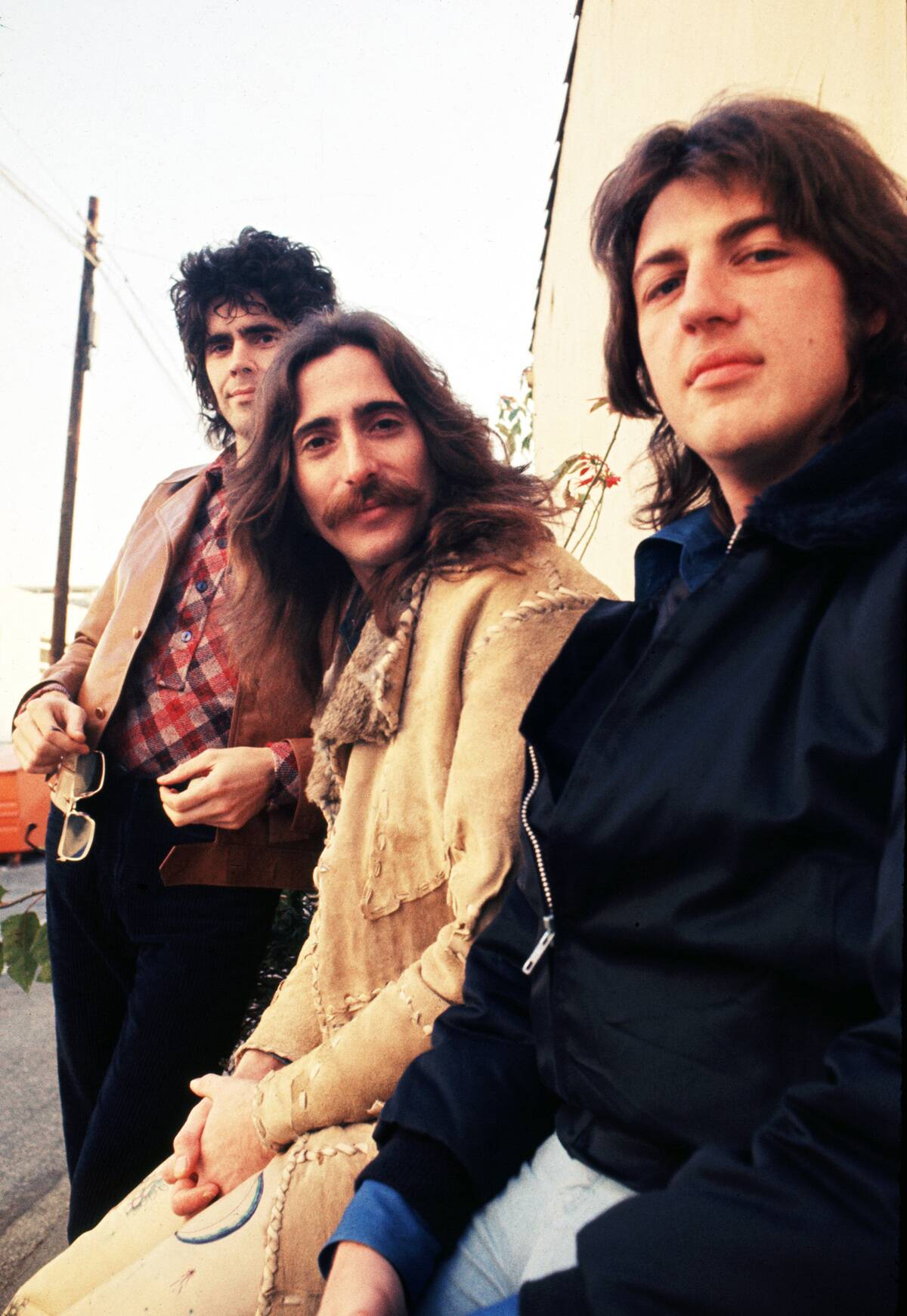
Three Dog Night often performed covers or songs otherwise written by other people, and “Mama Told Me Not To Come” was no exception. Randy Newman wrote it about a straitlaced young man who is anxious and appalled when he attends a wild party, and gave it to Eric Burdon (formerly of The Animals) to sing in 1966.
However, this song didn’t truly become a hit until Three Dog Night added more rock and funk elements into their version, which was their first song to reach number one. By the next year, however, they’d be able to do it again with an even bigger hit.
Ray Stevens – “Everything Is Beautiful”
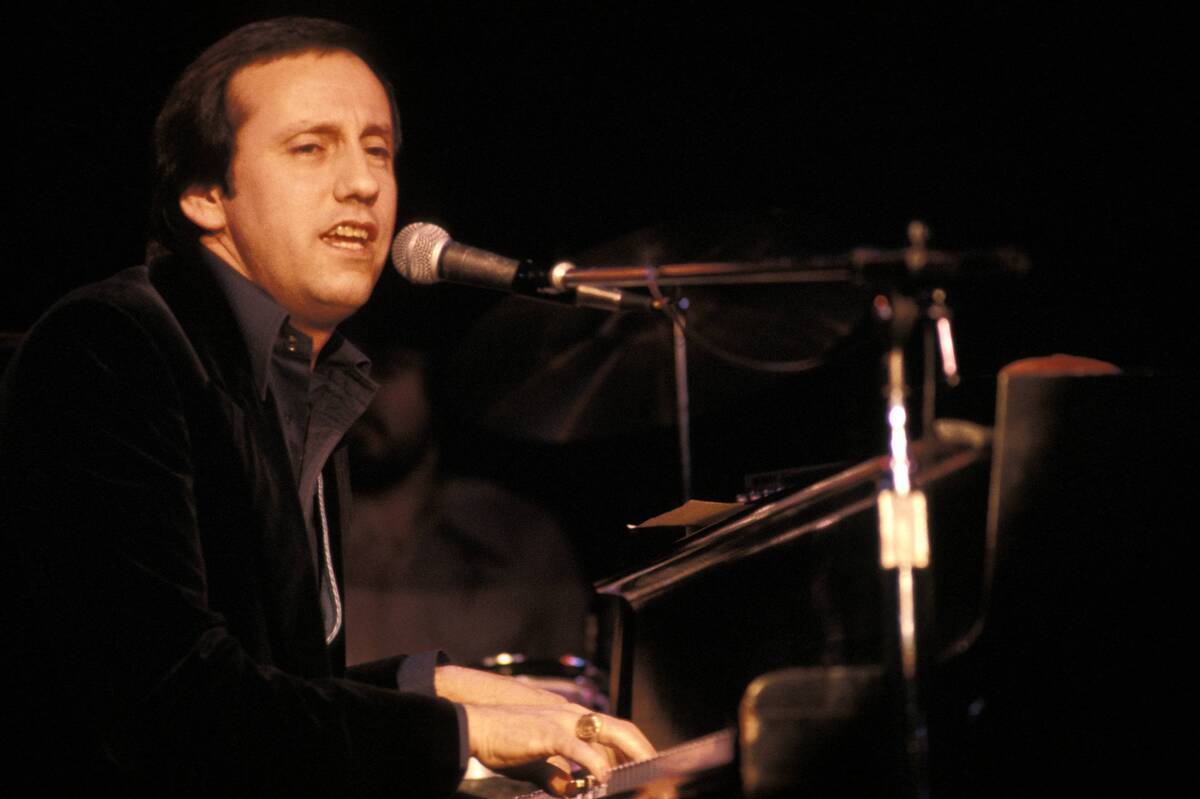
Up until “Everything Is Beautiful,” Ray Stevens was primarily known as a country artist who wrote comedy songs like “Gitarzan” and “The Streak.” Yet, while the latter recording would show that he would continue to nurture his funny side throughout the ’70s, “Everything Was Beautiful” marked a point of departure into more serious and spiritual matters.
The song is a statement of religious inspiration and optimism for the peaceful coexistence of humanity, which clearly resonated enough with listeners that it remained at number one for two weeks. It also emboldened Stevens to continue branching out from lighthearted novelty songs.
Bread – “Make It With You”
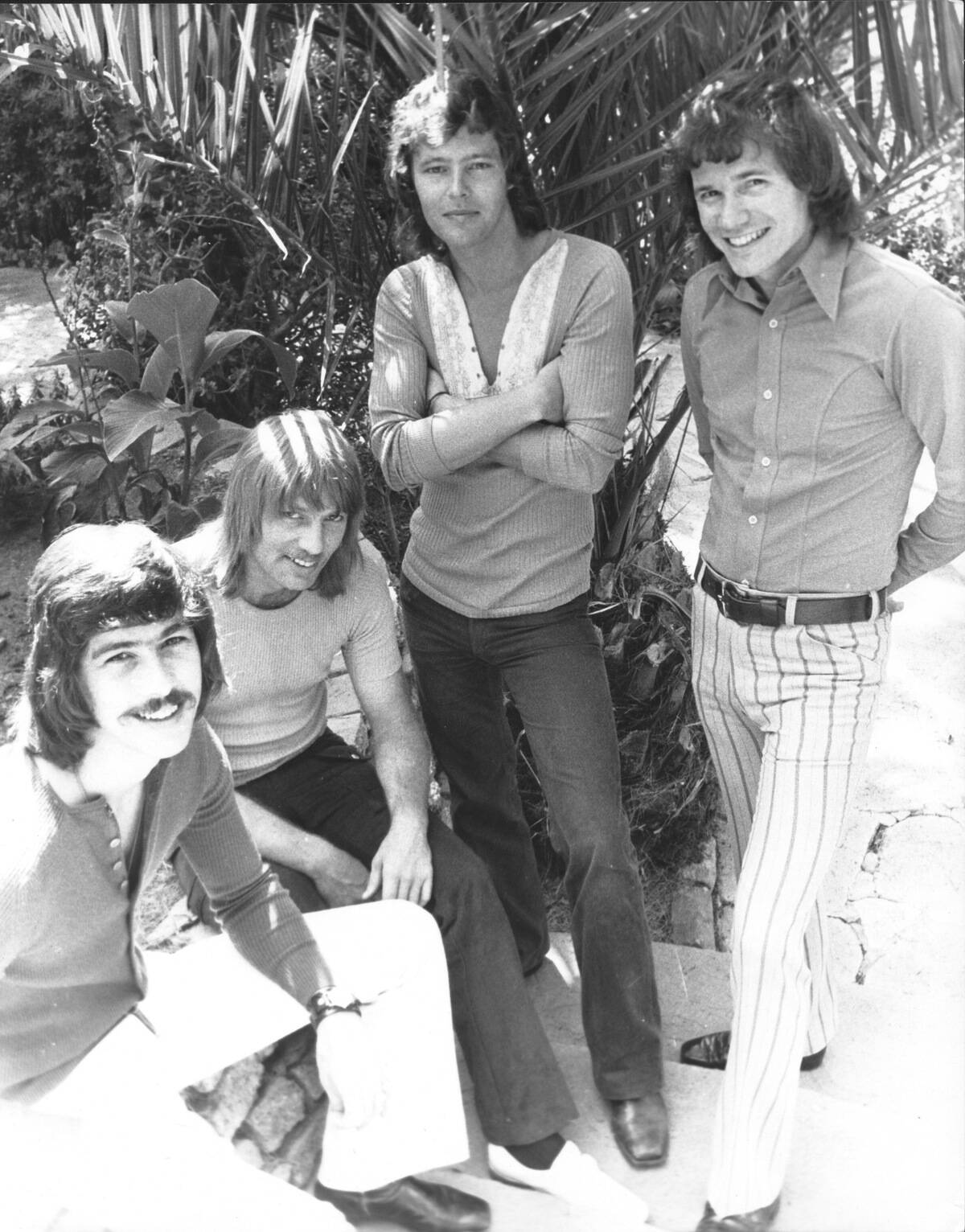
Although the soft rock band Bread would have a steady career that saw them notch multiple top-ten hits throughout the ’70s, “Make It With You” would see them break out and achieve an accolade they would never reach again. That’s because in addition to being their first top-ten hit, it was their only song to go to number one.
“Make It With You” stated at the top spot for a week but fared a little less well in the U.K., where it reached number five.
Vanity Fare – “Hitchin’ A Ride”

Although British pop-rock band Vanity Fare had one top 40 hit before the success of the bright and catchy hitchhiking ode “Hitchin’ A Ride,” that fact barely kept them from being a one-hit wonder because the band didn’t score another hit (at least in America) after their moment in the sun in 1970.
But what a moment it was. While the song reached number 16 in their native U.K., it proved a much bigger hit stateside and made it to number five on the Billboard Hot 100. It also gave the band their second and likely final gold record.
The Jackson 5 – “ABC”
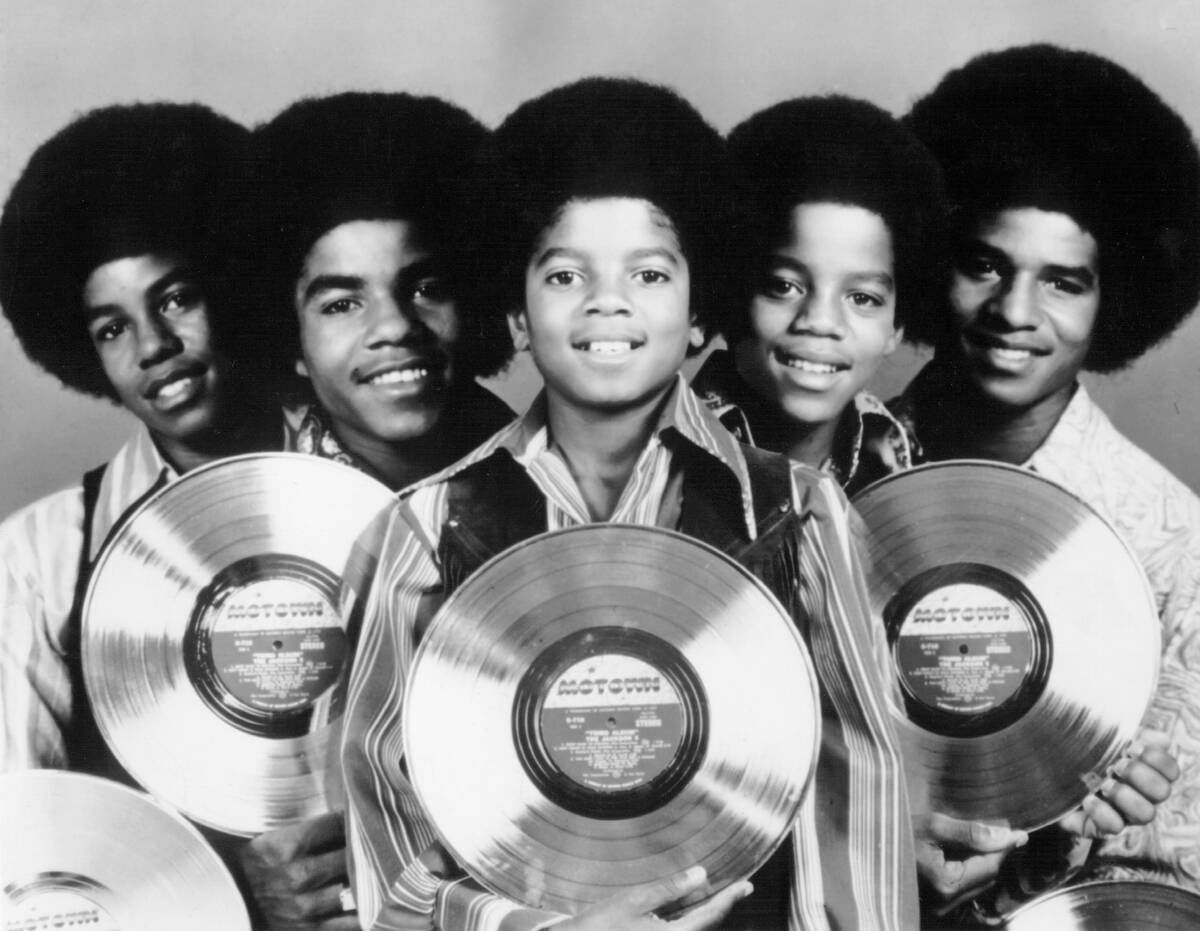
Considering how largely it looms over the Jackson 5’s catalogue in retrospect, it may be a little surprising to learn that “ABC” wasn’t The Jackson 5’s biggest hit in 1970. Nonetheless, the sunny and exuberantly playful classic was still a sterling example of how unstoppable the group seemed in 1970.
Not only did “ABC” reach number one (with the album bearing its name selling four million copies worldwide), but it was the second of four straight Jackson 5 singles to do so. It also had the impressive distinction of knocking The Beatles’ “Let It Be” off the top spot.



